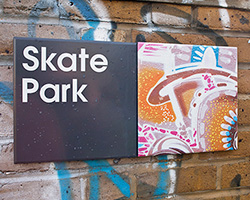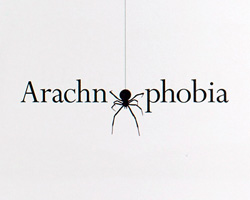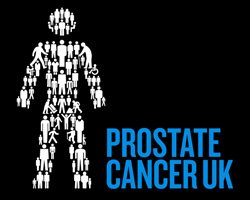KEEP UP WITH OUR DAILY AND WEEKLY NEWSLETTERS
PRODUCT LIBRARY
a powerful symbol of the house’s cultural heritage, the jockey silk with colorful geometric motifs is an inspiration for leather goods and textiles.
connections: +670
watch our livestream talk with BMW Design at 19:15 CEST on monday 15 april, featuring alice rawsthorn and holger hampf in conversation.
connections: +320
the solo show features five collections, each inspired by a natural and often overlooked occurence, like pond dipping and cloud formations.
discover our guide to milan design week 2024, the week in the calendar where the design world converges on the italian city.
connections: 50
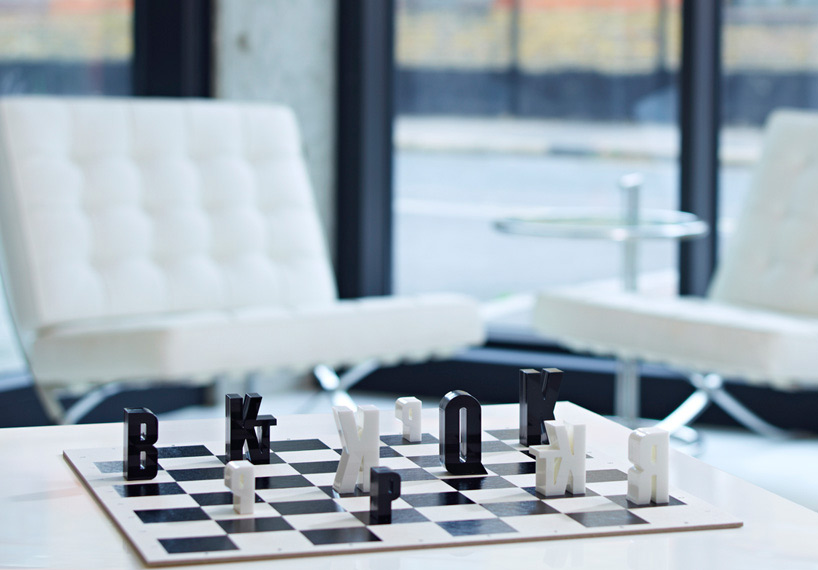
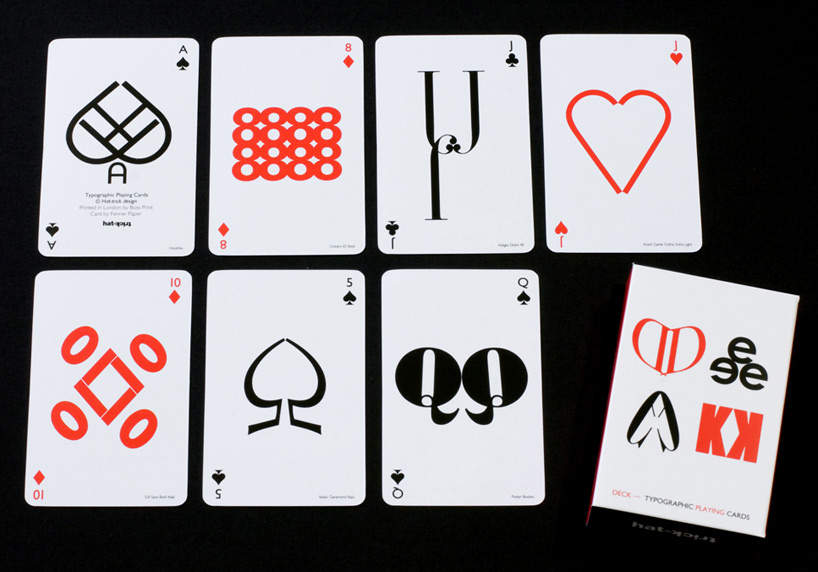 DECK – typographic playing cards
DECK – typographic playing cards 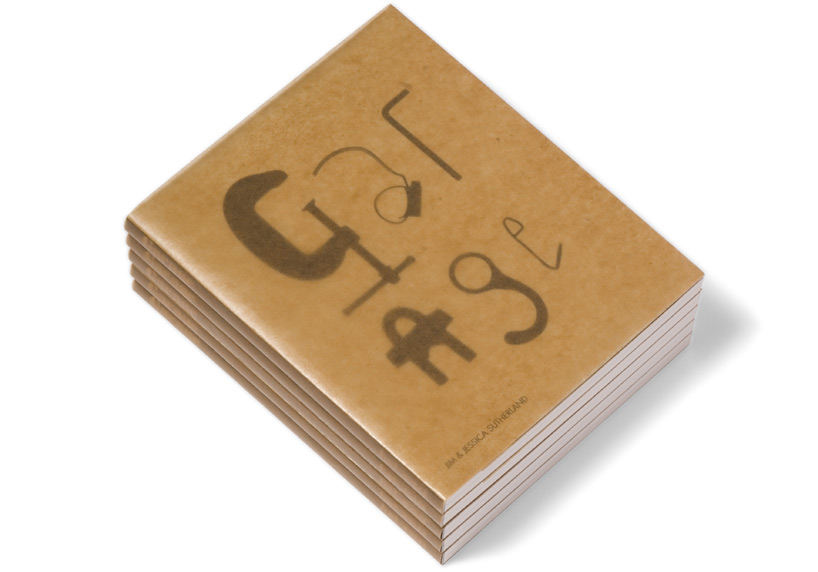 garage book – personal project
garage book – personal project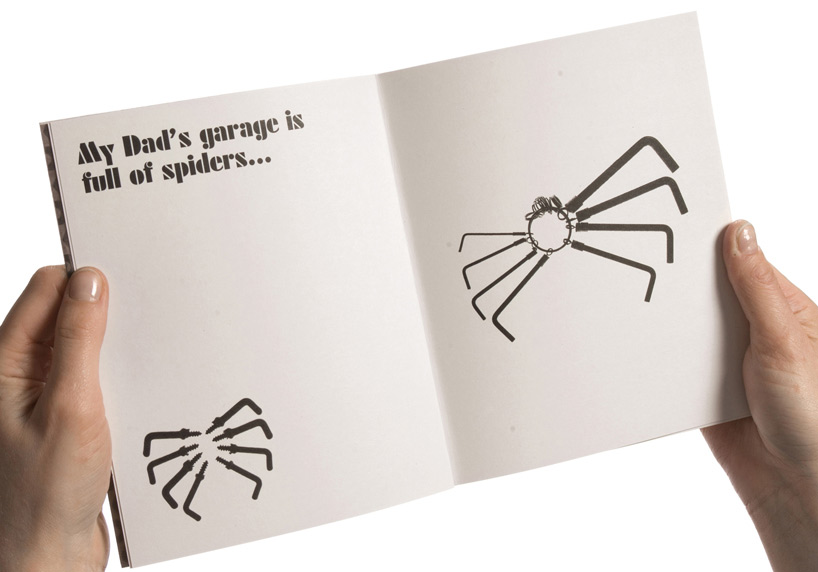
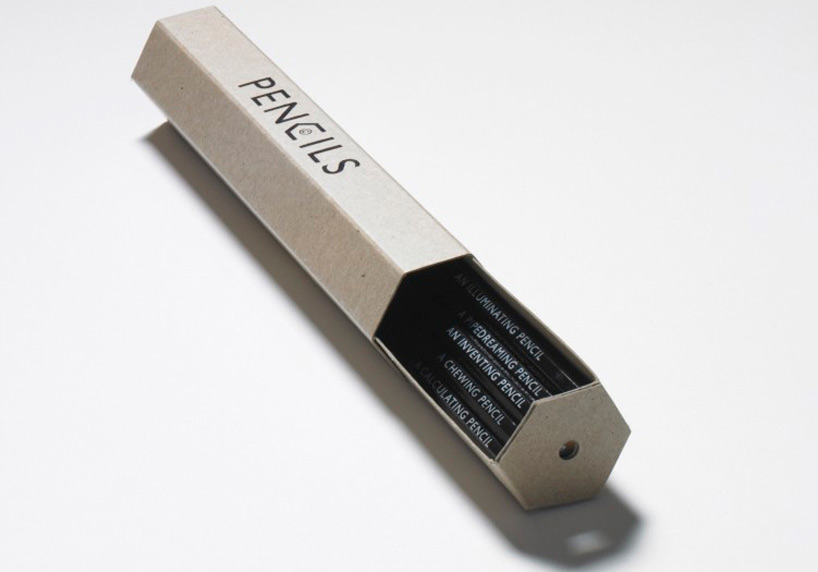 pencils set
pencils set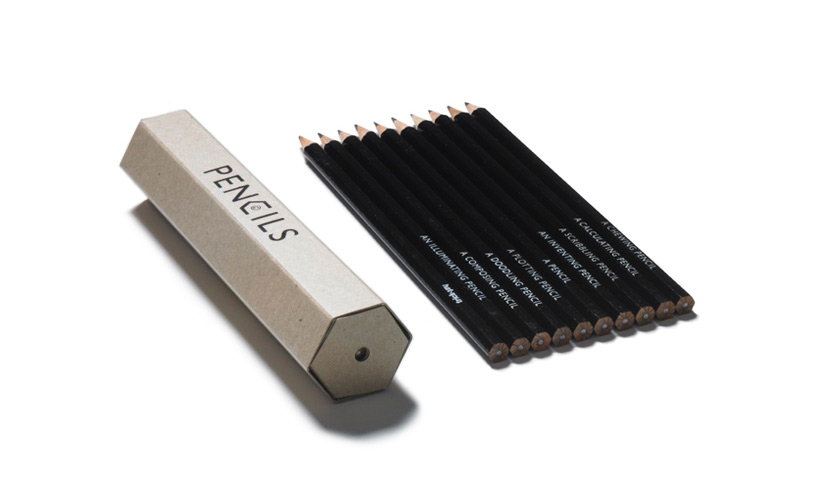
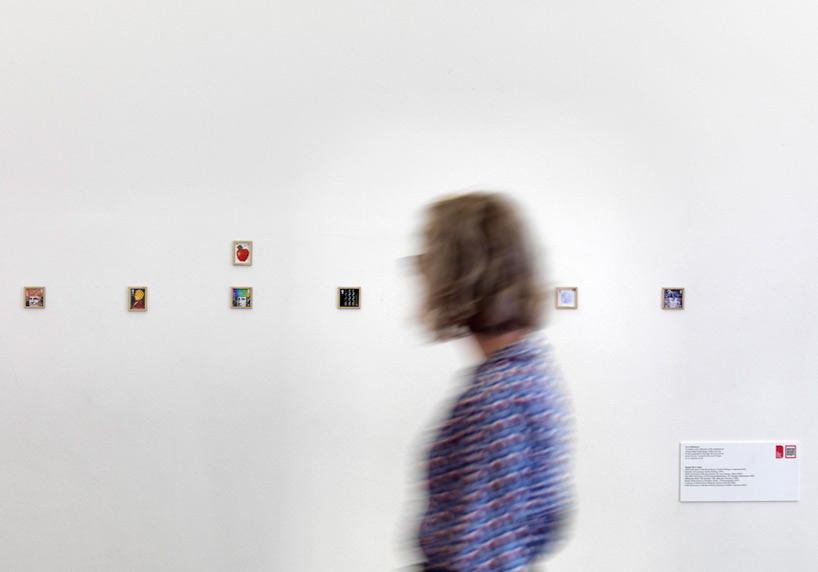 art in miniature – an exhibition of stamps around london as part of the london design festival
art in miniature – an exhibition of stamps around london as part of the london design festival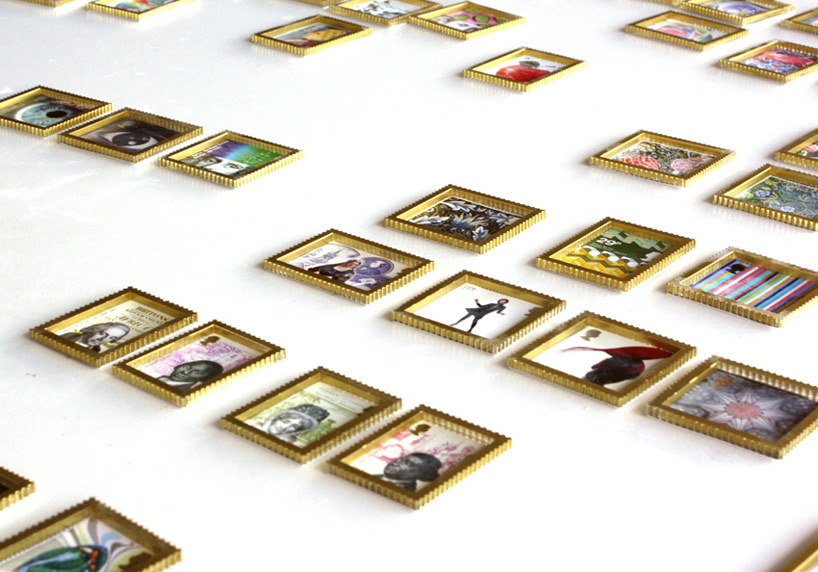 art in miniature – framed postage stamps
art in miniature – framed postage stamps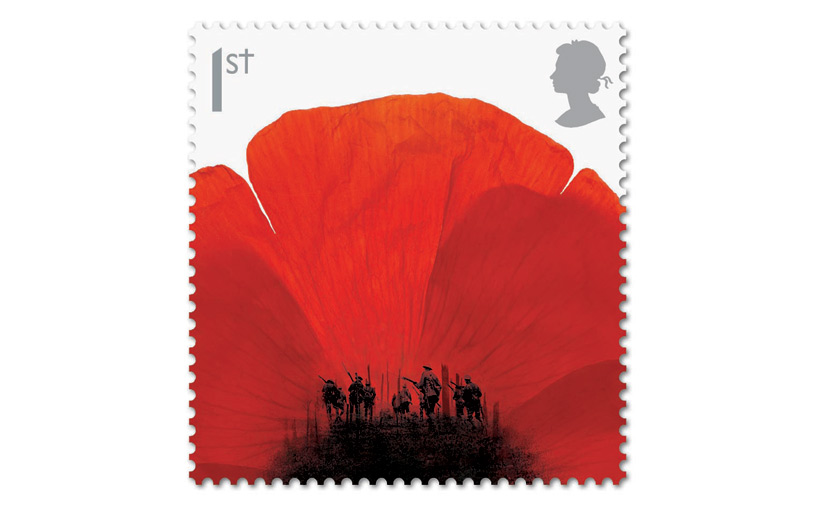 remembrance day postage stamp
remembrance day postage stamp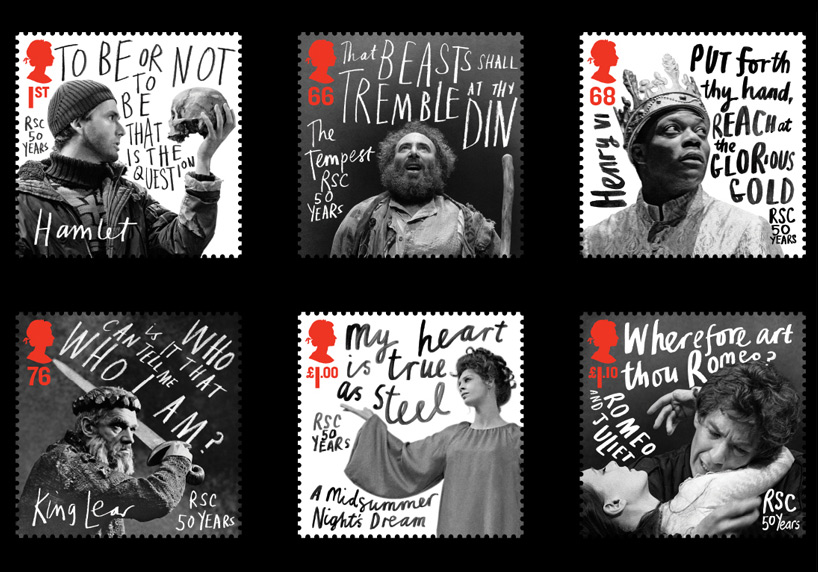 royal shakespeare company postage stamps
royal shakespeare company postage stamps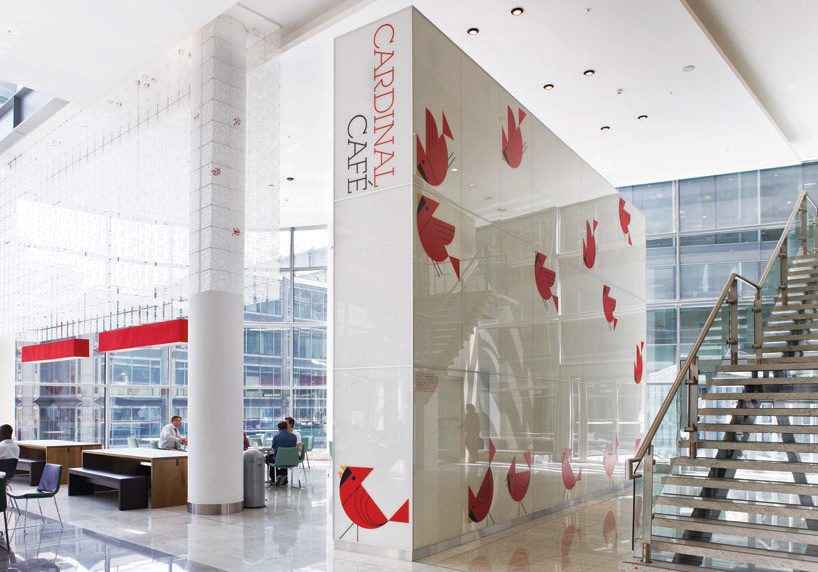 cardinal cafe brand identity and environmental graphics
cardinal cafe brand identity and environmental graphics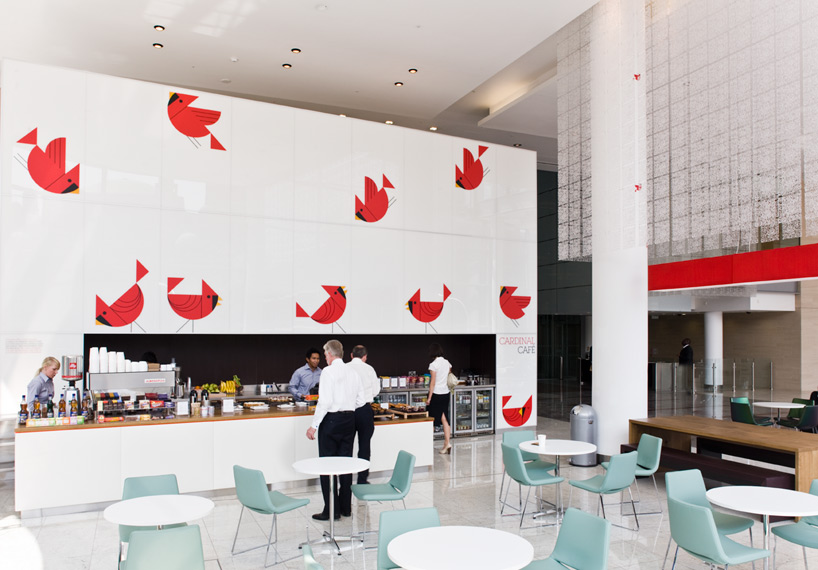
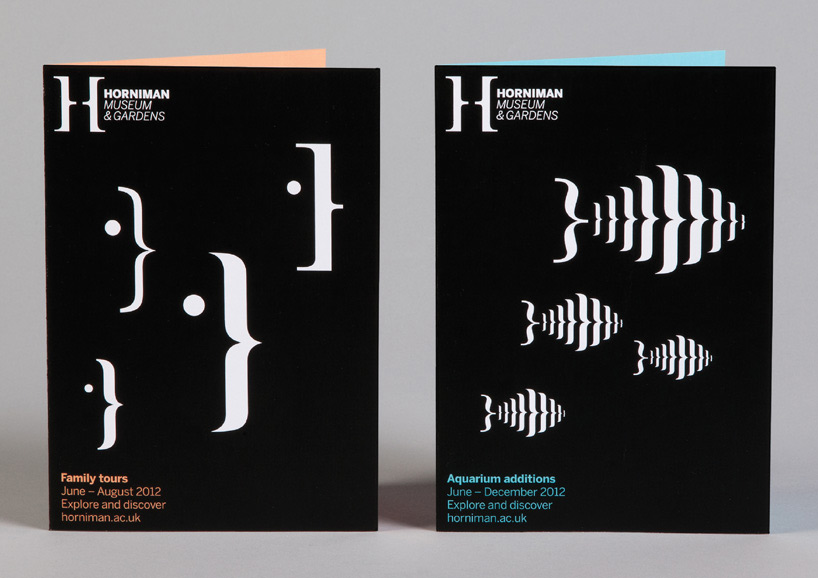 horniman museum brand identity – pamphlets
horniman museum brand identity – pamphlets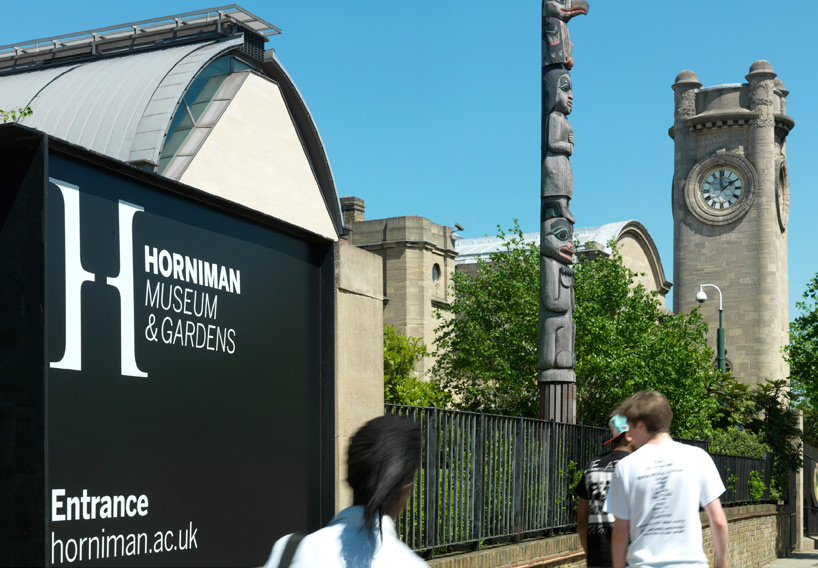 horniman museum brand identity – signage
horniman museum brand identity – signage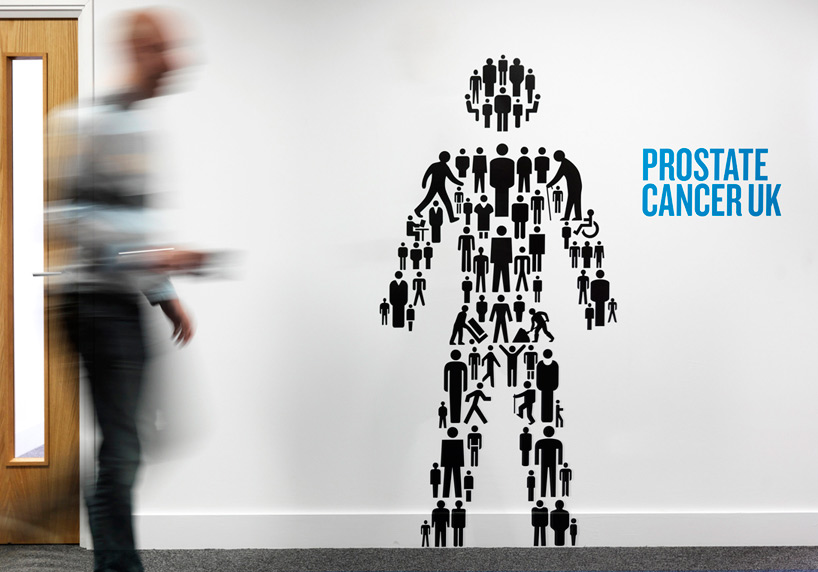 prostate cancer UK identity – office environmental graphics
prostate cancer UK identity – office environmental graphics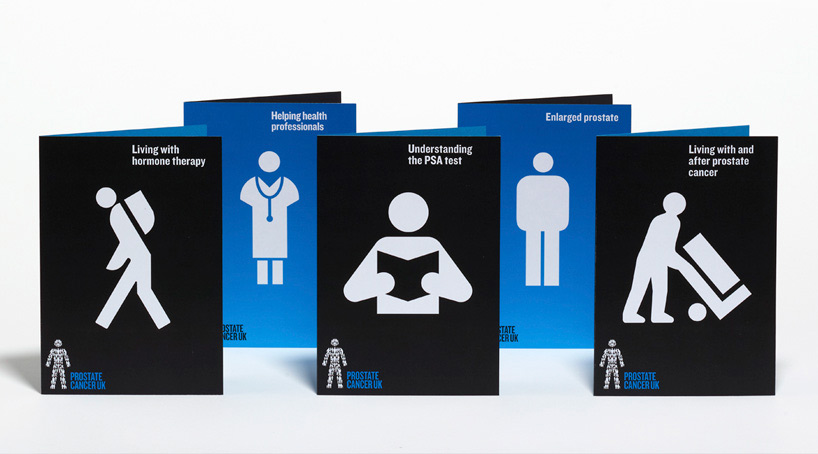 prostate cancer UK identity – pamphlets
prostate cancer UK identity – pamphlets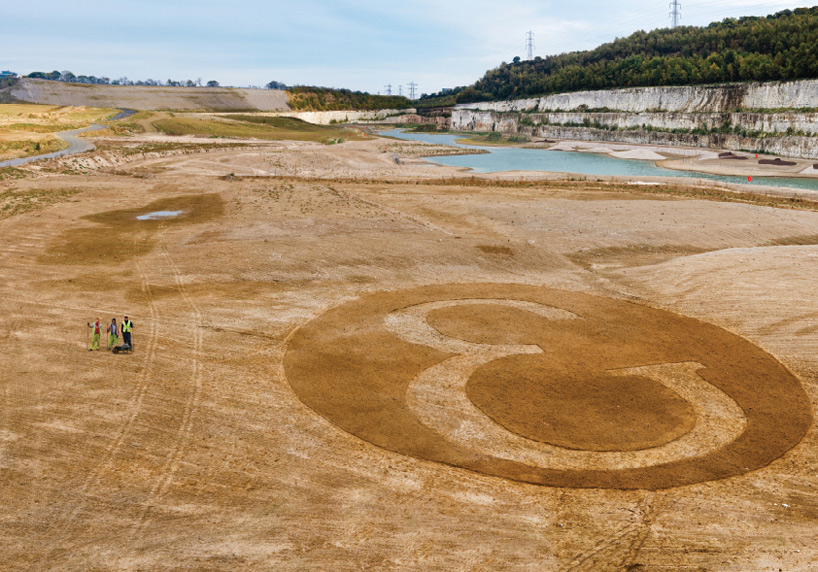 typographic landart for ebsfleet valley advertising campaign
typographic landart for ebsfleet valley advertising campaign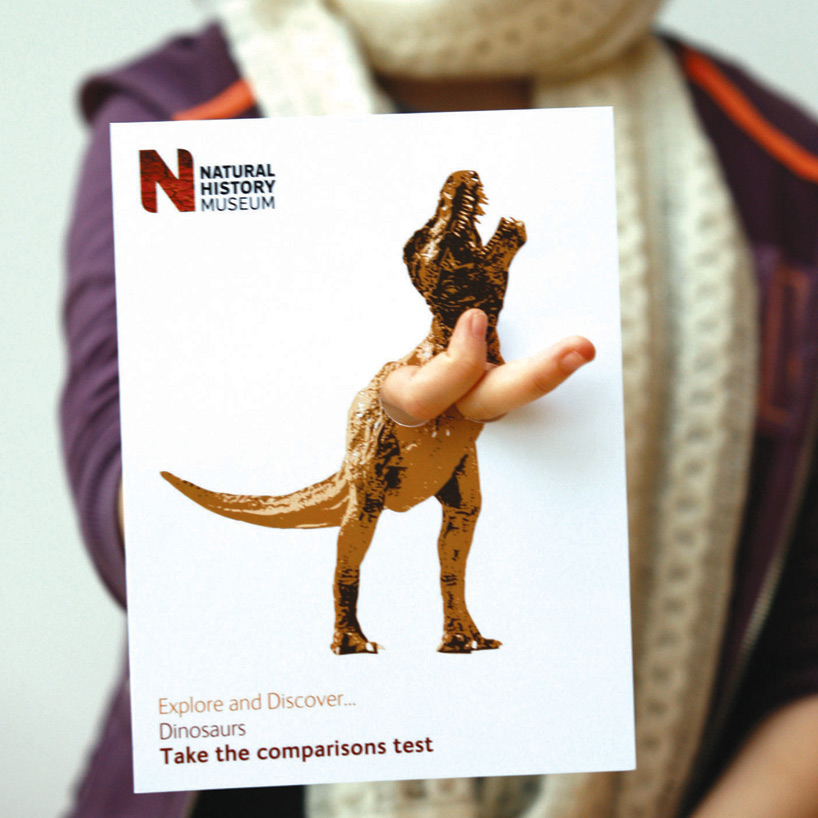 natural history museum – school guide
natural history museum – school guide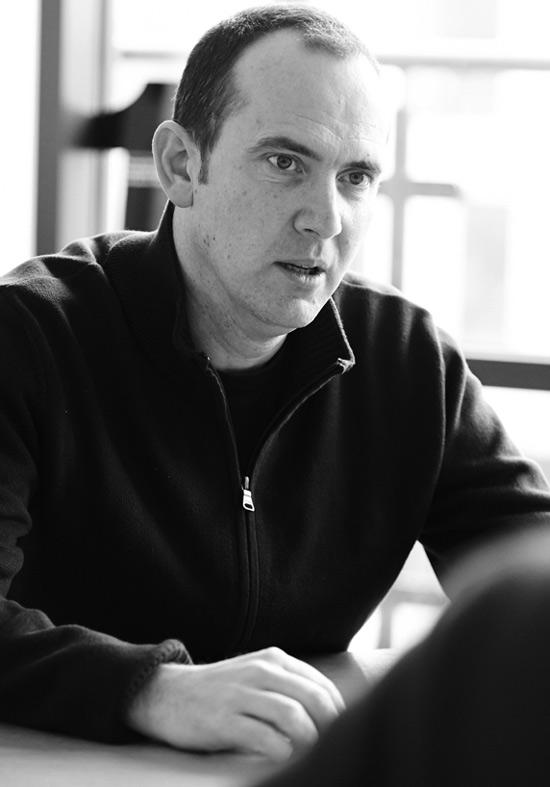 jim sutherland – creative director
jim sutherland – creative director




